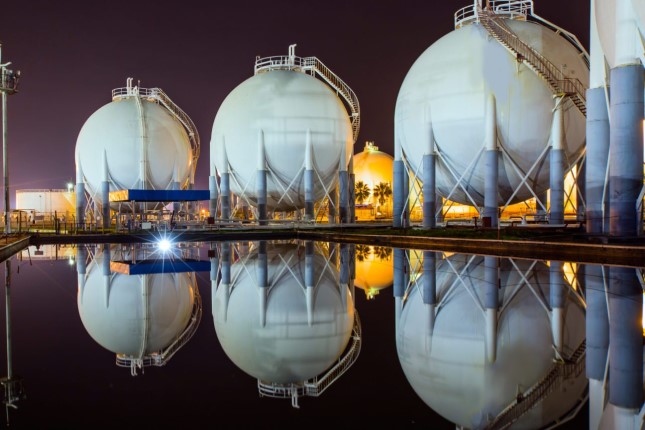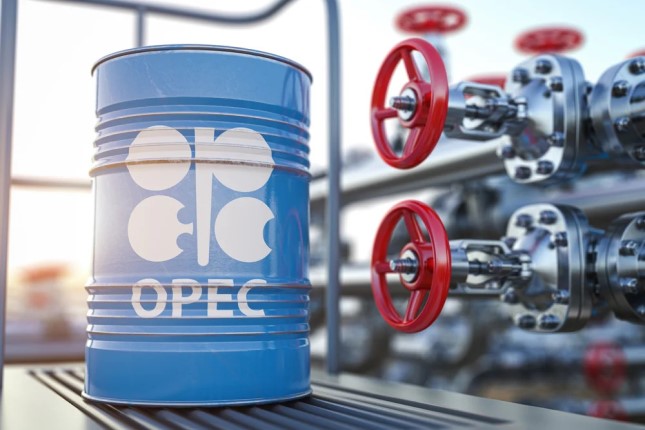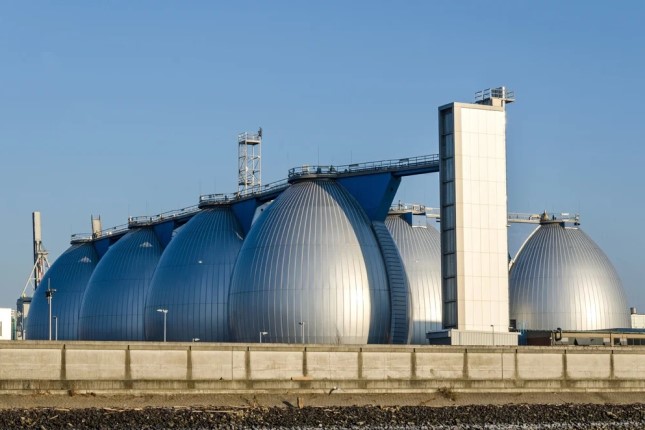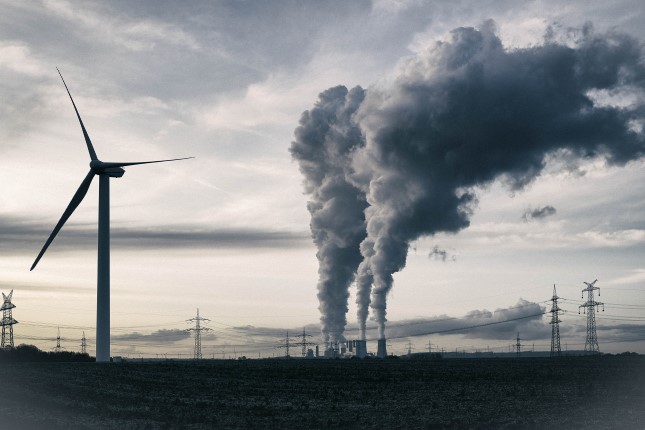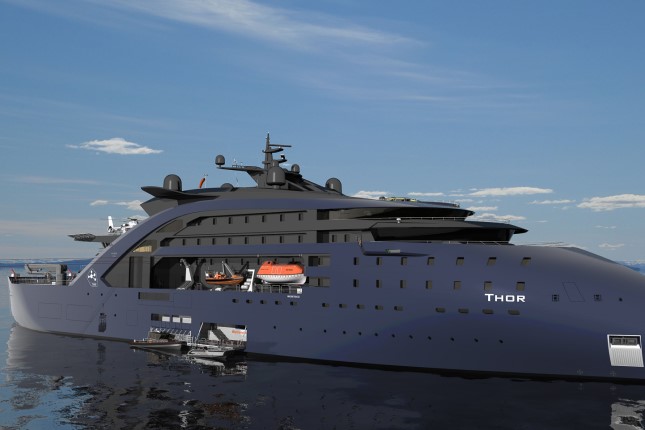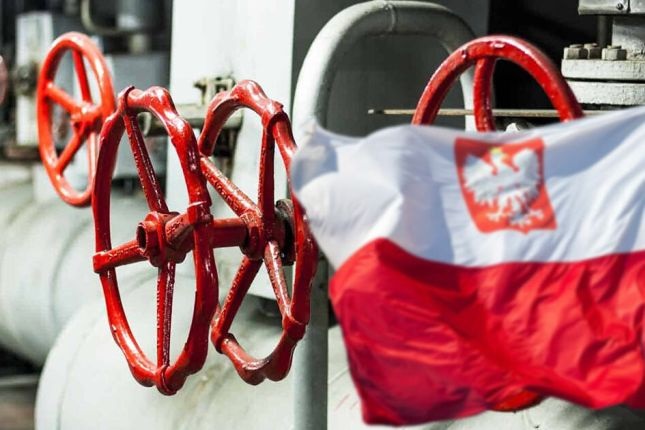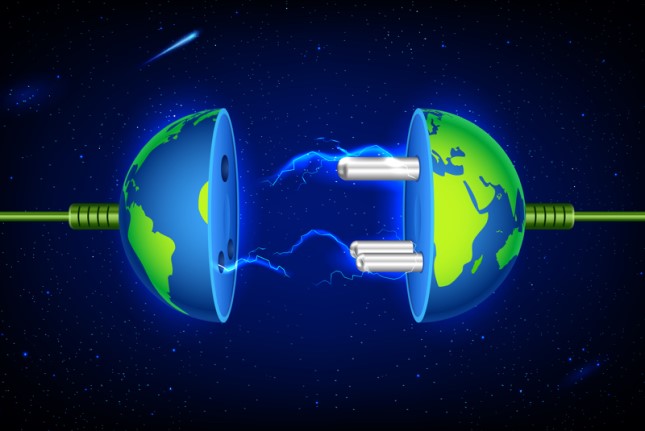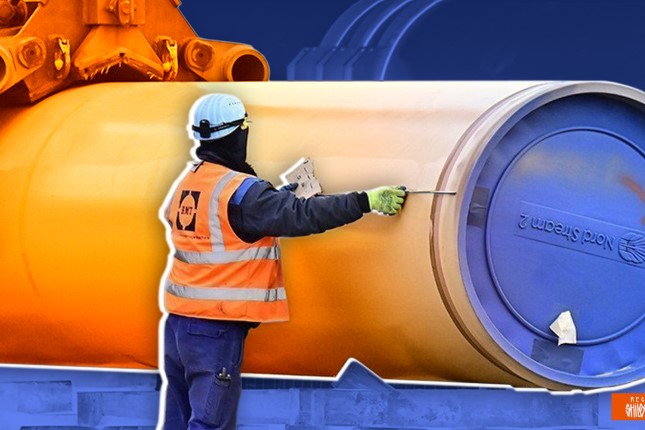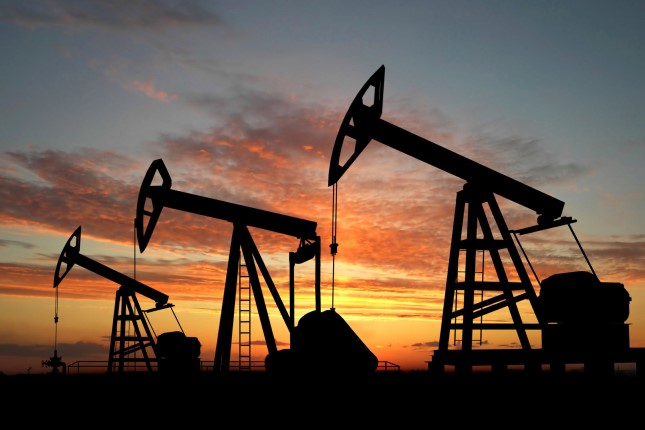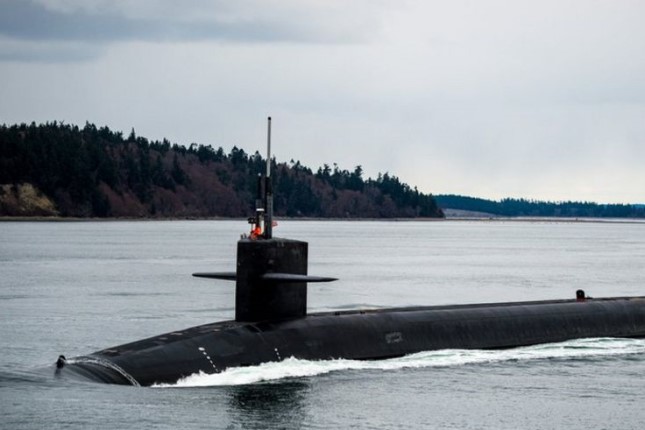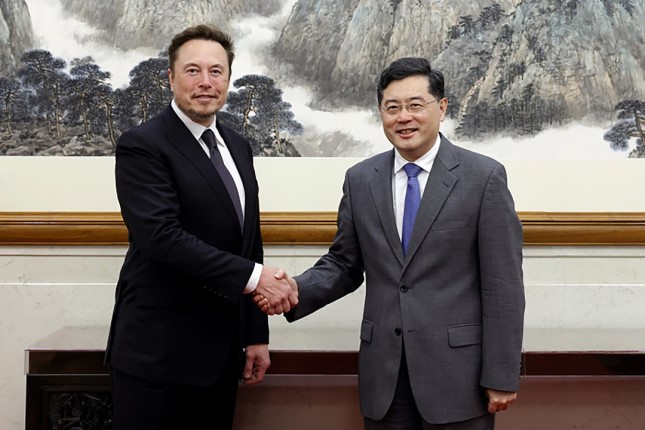The energy crisis, which turned into a sharp rise in the cost of fossil fuels, has become a powerful incentive for innovation in renewable energy, including in the wind turbine segment. Despite the growth in the share of wind turbines in the global structure of electricity generation (from 3.5% in 2015 to 6.7% in 2021), their use is still associated with a number of restrictions, including the impossibility of using standard wind turbines in the open sea and their inconvenience to private households. However, over the past year and a half, technologies have appeared on the market that are able to bypass these barriers.
Wind energy for the private sector
One example is Aeromine Technologies, a company founded by engineers at the University of Houston who have developed a wind turbine suitable for mounting on the roofs of private homes. The innovation looks like a three-meter-high box: its walls form two rear wings, reminding a similar part of a racing car, which are put in a vertical position at an angle of 45 degrees. A pipe is placed between the walls of the turbine, and at its bottom, there is a propeller with a diameter of only 36 inches. The wings create a low-pressure zone that draws in air and thereby drives the wind generator.
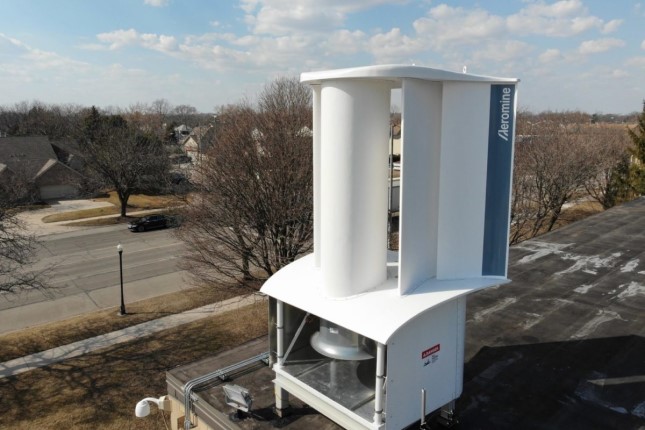
The power of one turbine is 5 kilowatts. The installation of four turbines that must be placed at a distance of at least 15 feet provides a power of 20 kilowatts, which is already enough for a country house. The innovation can be used together with photovoltaic panels conveniently placed on the roof slope. An illustration of this is the tile with built-in monocrystalline solar cells, developed by the German company Autarq: the novelty looks like an ordinary roof and is suitable for operation at temperatures from minus 40 to plus 185 degrees. Given the relatively low cost (276 euros per square meter), this technology can make solar energy affordable for those who want to switch to autonomous energy supply but want to keep the familiar facade of their own home.
Turbines for the open sea
Another problem is the impossibility of using standard wind turbines on deep seas. And Norwegian company World Wide Wind attempted to solve it by designing a floating wind turbine with a vertical axis. Conventional wind turbines have a horizontal axis: the rotor shaft, on which the wind blades are mounted, is located horizontally relative to the ground, while the blades themselves are fixed to the top of the tower. The product of World Wide Wind has a different form: the rotor shaft is placed vertically relative to the surface of the water, and the blades are closer to the tower's base. Due to the lower centre of gravity, the wind turbine is suitable for deep seas: when launched into the open sea, it will take a slope of 60 degrees but at the same time remain stable.
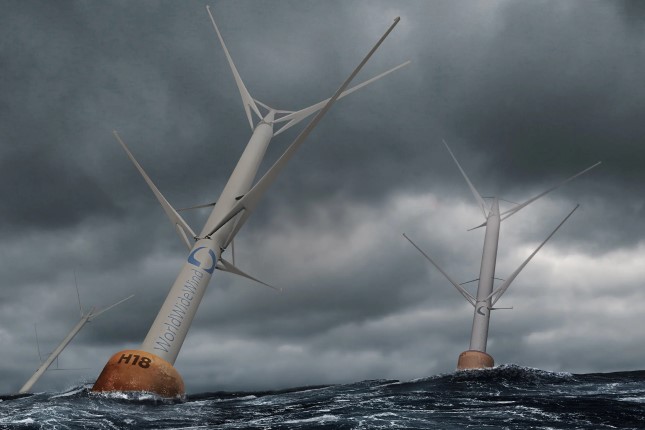
An alternative solution was proposed by the startup T-Omega, which tested a prototype wind turbine with an unusual shape of supporting structures: it has four towers instead of one, mounted in the form of a pyramid, on top of which the blades are placed. The innovation has no underwater elements except the ballast, which, along with the square shape of the base, gives stability to the structure. The prototype, made in a ratio of 1:60 to the size of a commercial counterpart, was tested in the University of Glasgow wave tank: the design withstood waves, the full-scale equivalent of 59 to 98 feet. The advantage of the turbine is the ability to rotate around its axis, due to which, when working at sea, it will always be turned against the wind without the help of additional rotary mechanisms.
Solutions for repair and disposal
Repair of malfunctioning blades also remains a weakness of wind energy in the sea: for this, manufacturers have to dismantle the above-water elements of wind turbines and transport them to the shore in order to install spare parts there. The innovation of the Norwegian company Fred is designed to facilitate this task. Olsen 1848 involves the use of a special supply ship, which houses a telescopic crane with a folding rotary arrow. The crane will be installed on the column of the floating foundation and will change the used blades for new ones in the remote-control mode.
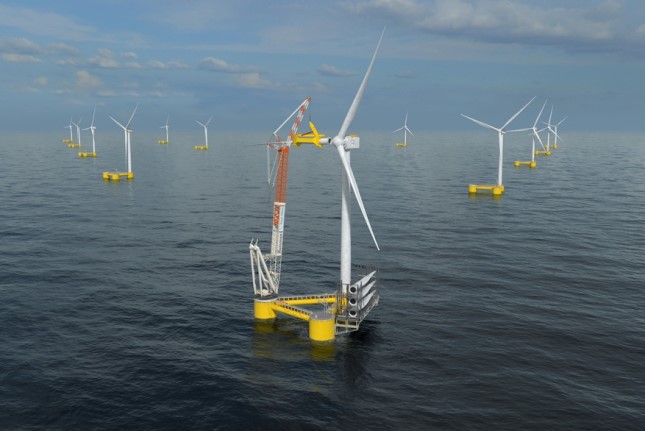
However, dismantled blades will still need to be safely disposed of. The Spanish Siemens Gamesa tried to solve this problem by using a special resin for fastening parts of wind turbine blades made of reinforced glass and foamed polyethene terephthalate (PET). The used blades, after dismantling, will be placed in a special liquid, upon interaction with which the resin will begin to separate from the materials used, which will make them suitable for recycling. This technology has already been tested in the production of wind turbines for the Kaskasi project, which RWE is implementing in the German sector of the North Sea.
The list of successful innovations will continue to grow in the coming months. After all, the higher the raw material prices, the greater the chances for successful commercialization of developments that make it possible to simplify and reduce the cost of producing "clean" energy.

